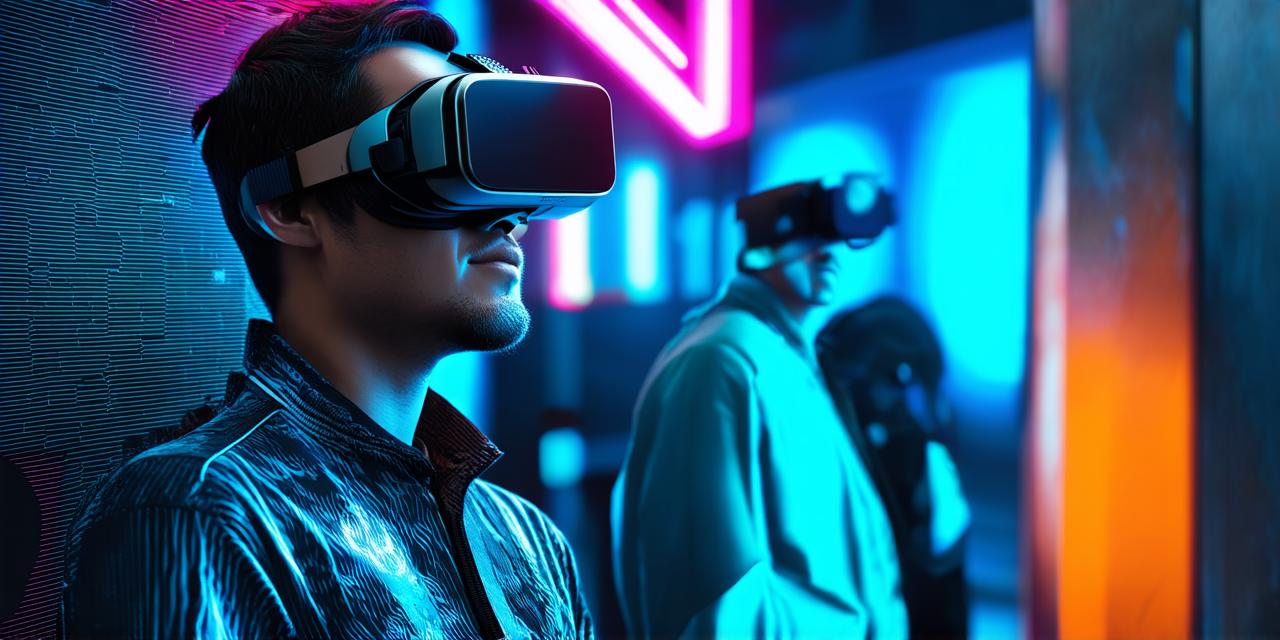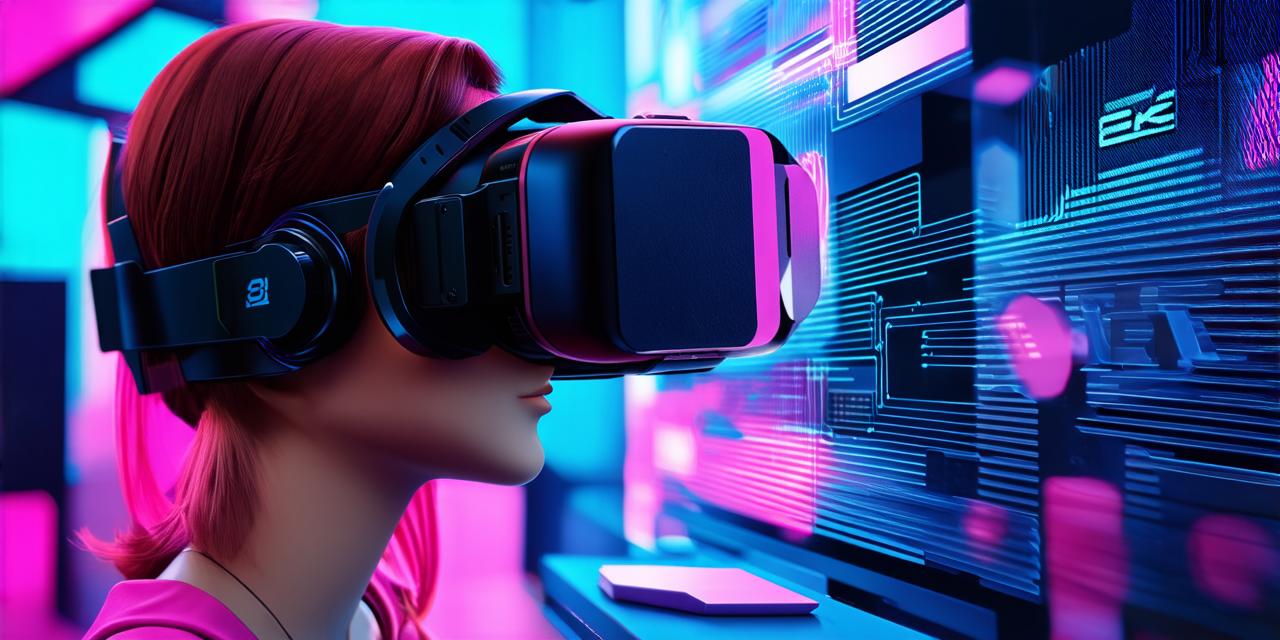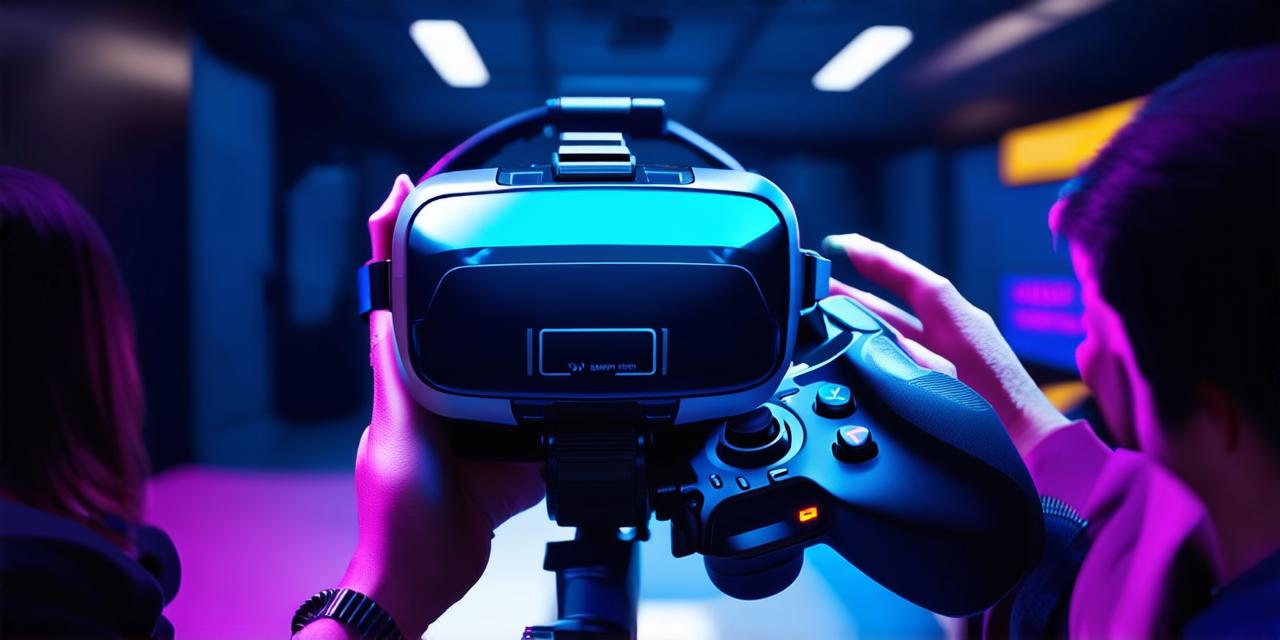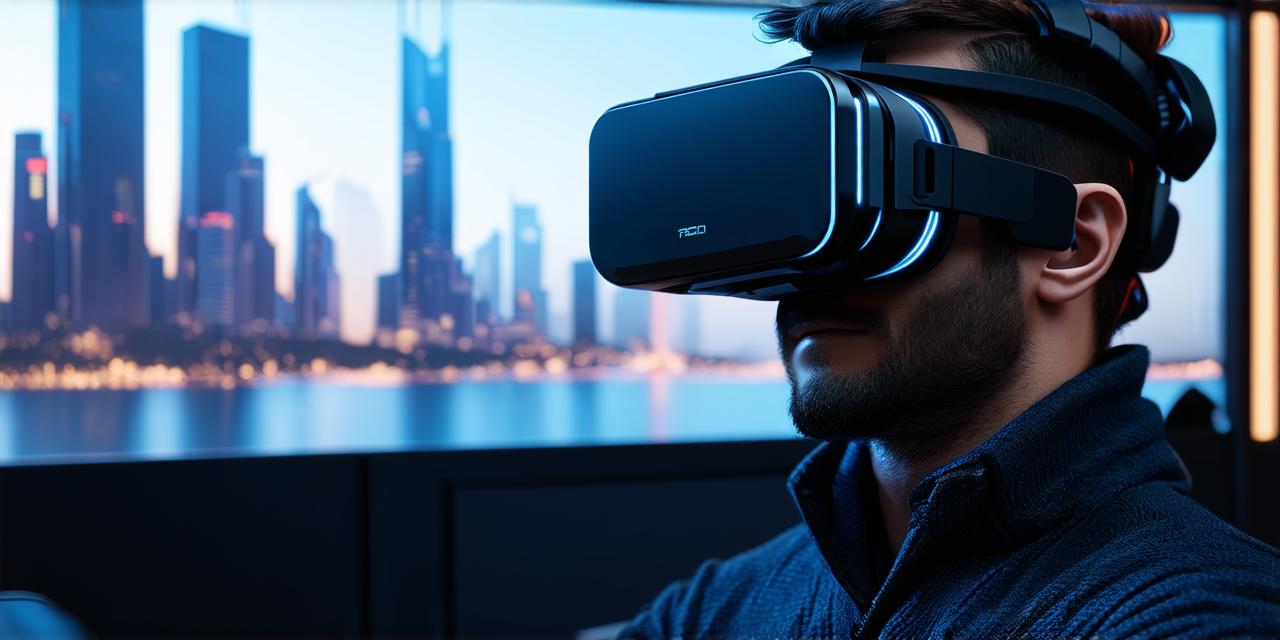Augmented reality (AR) and virtual reality (VR) are two of the most exciting and rapidly developing technologies in the world of digital media. While both AR and VR technologies have some overlap, they are fundamentally different in their capabilities, use cases, and potential impact on our daily lives.
AR vs. VR: Understanding the Basics
Augmented reality is a technology that overlays digital information onto the real world. This means that a person can see the physical world around them, but also additional digital elements that have been added to enhance their perception of the environment. For example, a person using AR on their smartphone could see a virtual object sitting in front of them, even though it’s not actually there in the real world.
On the other hand, virtual reality is a fully immersive experience that completely replaces the physical world with a simulated environment. When a person uses VR technology, they are surrounded by a 3D world that looks and feels as if it were real. This means that their senses are tricked into thinking they are in a different location or time period than they actually are.
The most common example of AR is Snapchat filters, which overlay digital effects onto photos taken with a smartphone camera. The most common example of VR is gaming consoles like the Oculus Rift and HTC Vive, which create fully immersive gaming experiences that transport players into different worlds.
The Impact of AR and VR on Society
Both AR and VR have the potential to revolutionize the way we interact with technology and our environment. Here are some of the ways in which these technologies could impact society:

- Education and Training: AR and VR can provide immersive learning experiences that allow students to visualize complex concepts and perform simulations in a safe and controlled environment. For example, medical students could use VR to practice surgeries without risking patient safety, while military personnel could use AR to simulate battlefield scenarios.
- Entertainment: AR and VR are already being used to create highly immersive gaming experiences, but they also have the potential to revolutionize other forms of entertainment like movies, music, and sports. For example, a VR movie could transport viewers into different worlds or dimensions, while an AR concert could bring live music performances to life in new and exciting ways.
- Marketing and Advertising: AR and VR can be used to create highly engaging and interactive marketing campaigns that capture people’s attention and drive engagement. For example, a car manufacturer could use AR to allow potential buyers to see what it would be like to own and drive their car in different environments or with different accessories.
- Retail: AR and VR can transform the retail experience by allowing customers to try on clothes virtually, explore furniture in their homes before making a purchase, and even shop for groceries without leaving their homes.
- Tourism: AR and VR can be used to create virtual tours of museums, art galleries, and other cultural institutions, allowing people to experience these places as if they were actually there.
Real-Life Examples of AR and VR in Action
- Pokémon Go: This popular mobile game uses AR technology to bring digital creatures to life in the real world, allowing players to hunt for them in their local environments.
- IKEA Place: This app allows users to see how furniture would look in their homes before making a purchase, using AR technology to create an interactive and immersive shopping experience.
- Virtual Try-On: Many clothing retailers now offer virtual try-on experiences that allow customers to see how clothes would fit and look on them without physically trying them on.
- VR Travel: Companies like Google Expeditions use VR technology to create virtual tours of museums, art galleries, and other cultural institutions, allowing people to explore these places as if they were actually there.
- Virtual Sports: VR technology is being used to bring live sports events into the home, allowing people to experience the excitement of major sporting events without leaving their homes.
The Future of AR and VR
AR and VR are still relatively new technologies, but they are already having a significant impact on the way we interact with technology and our environment. As these technologies continue to evolve and improve, we can expect to see even more exciting use cases and applications emerge. Here are some of the trends and innovations shaping the future of AR and VR:
- Mobile Devices: As smartphones and other mobile devices become more powerful, they are becoming increasingly capable of running AR and VR applications, allowing people to experience these technologies on-the-go.
- Wireless Headsets: The development of wireless headsets like the Oculus Quest 2 is making it easier for people to use VR technology in their homes, without the need for expensive cables or other equipment.
- Augmented Furniture: Some companies are using AR technology to create furniture that can be customized and personalized by customers, allowing them to see what their unique pieces would look like in their homes before making a purchase.
- Haptic Feedback: As VR technology becomes more advanced, we can expect to see the development of haptic feedback devices that allow users to feel sensations in the virtual world, making the experience even more immersive and realistic.
- AI and Machine Learning: AR and VR technologies are already being used to train machine learning models, allowing them to learn from real-world data and improve their accuracy over time. This has the potential to revolutionize many industries, including healthcare, finance, and transportation.
Summary
Augmented reality and virtual reality are two of the most exciting and rapidly developing technologies in the world of digital media. These technologies have the potential to transform the way we interact with technology and our environment, from education and training to entertainment and retail. As these technologies continue to evolve and improve, we can expect to see even more exciting use cases and applications emerge, shaping the future of AR and VR in ways that are both imaginative and transformative.
FAQs
1. What is the difference between AR and VR?
Augmented reality (AR) overlays digital information onto the real world, while virtual reality (VR) completely replaces the physical world with a simulated environment.
2. How does AR work?
AR works by using sensors on a device to track the physical world, then overlaying digital elements onto that world in real-time.
3. How does VR work?
VR works by creating a fully immersive environment that surrounds the user, tricking their senses into thinking they are in a different location or time period than they actually are.
4. What are some examples of AR and VR in action?
Examples of AR include Snapchat filters and IKEA Place, while examples of VR include gaming consoles like the Oculus Rift and HTC Vive, and virtual tours of museums and art galleries.
5. What are some trends and innovations shaping the future of AR and VR?
Trends and innovations include mobile devices, wireless headsets, augmented furniture, haptic feedback, and AI and machine learning.




